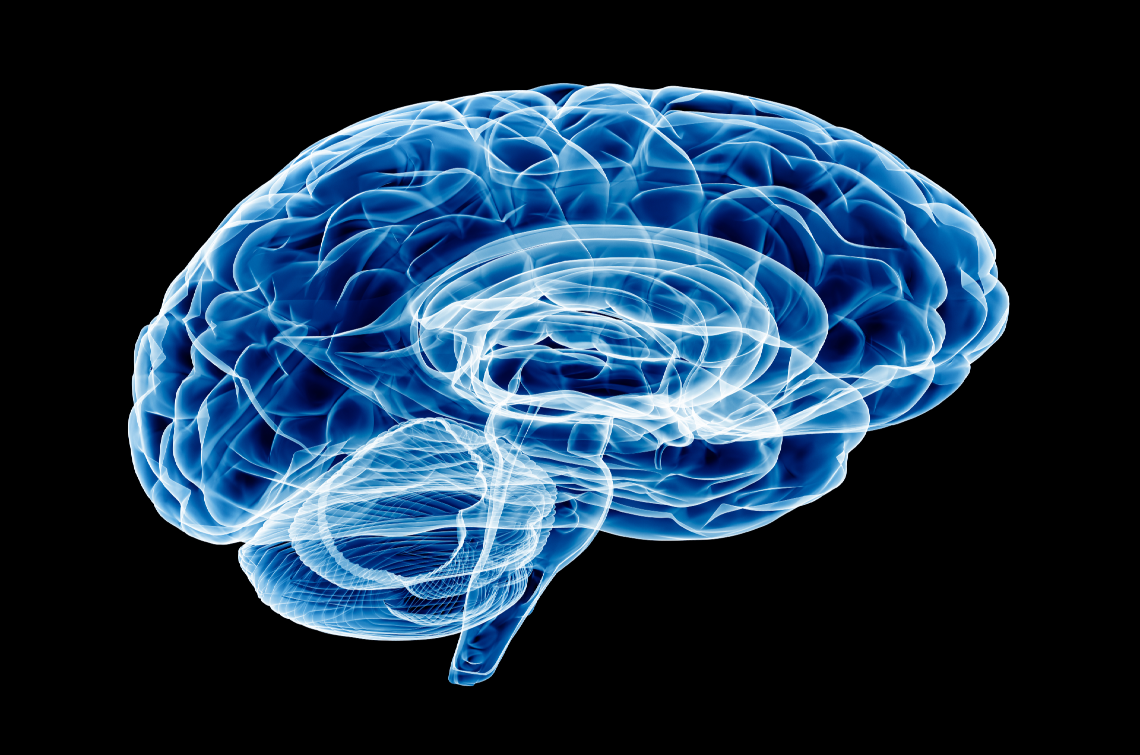Migraine, whether episodic or chronic, is a complex condition characterised by a wide spectrum of symptoms – from hypersensitivity, nausea and sickness to visual disturbances, loss of concentration and vertigo. The very personal nature of these symptoms, strongly perceived by patients but often unnoticeable to an external observer, is conducive to underdiagnosis, undertreatment (~25% of patients report to receive minimally appropriate care, ~40% are dissatisfied with their therapeutic plan), and, perhaps worst of all, stigma.
Even though migraine is classified by the WHO as a profoundly disabling condition (more so than blindness, paraplegia, angina, and rheumatoid arthritis), patients are often not believed or misunderstood, leading to a spiral of frustration and low self-esteem. The fact that migraine is three times more prevalent in women than in men and that women are more sensitive to pain – hence more likely to report it – but are less likely to receive appropriate treatment, adds a further tinge of gender-stereotyping to this already unseemly picture.
In the seminal work Theory of Social Stigma, eminent Canadian sociologist and social psychologist Erving Goffman describes a stigmatised individual as ‘disqualified from full social acceptance’ and as someone who ‘is reduced in our minds from a whole and usual person to a tainted, discounted one’. Whether inter-personal (e.g. employers, family, physicians), institutional (law, health insurances, media, etc.), or even self-inflicted, stigma often becomes the worst consequence of a disease that afflicts approximately 1 in 7 people worldwide and leads to reduced productivity and vastly impaired quality of life.
Notwithstanding limited public funding, research in the field has been an important focus for many pharmaceutical and med tech companies, resulting in enormous medical advancements, particularly in recent years. However, it is crucial that physicians, and society in general, are thoroughly educated around migraine in order to bridge a gap in diagnosis and care that remains incredibly wide. The role of patient advocacy groups and thought leaders is key to communicating the exquisitely subjective experience that is migraine, in a way that is factual and effective, to help inform innovative treatment plans as well as to dispel the main barrier to their application: it is on them, to help destigmatise migraine.
References:
Dodick DW. Lancet 2018;391:1315–1330
Lipton RB et al. Headache 2019;59:1310–1323
Shapiro RE. Headache 2020;60:2059–2077
Pearson C et al. J Med Internet Res 2019;21(6):e10479
Harwood RH et al. Bull World Health Organ 2004;82:251:258
Vilanilam GK et al. Cureus 2018;10(5): e2711
Goffman E. Stigma: Notes on the Management of Spoiled Identity. Englewood Cliffs, NJ: Prentice-Hall; 1963
GBD 2016 Headache Collaborators. Lancet Neurol 2018;17:954–976
Migraine Trust. Key facts and figures about migraine. https://www.migrainetrust.org/about-migraine/migraine-what-is-it/facts-figures/ (Accessed February 2021)
Agostoni EC et al. J Headache Pain. 2019;20(1):92–100
Despite their struggle with a widespread, debilitating condition, migraine sufferers are often dismissed and stigmatised due to the absence of visible symptoms
